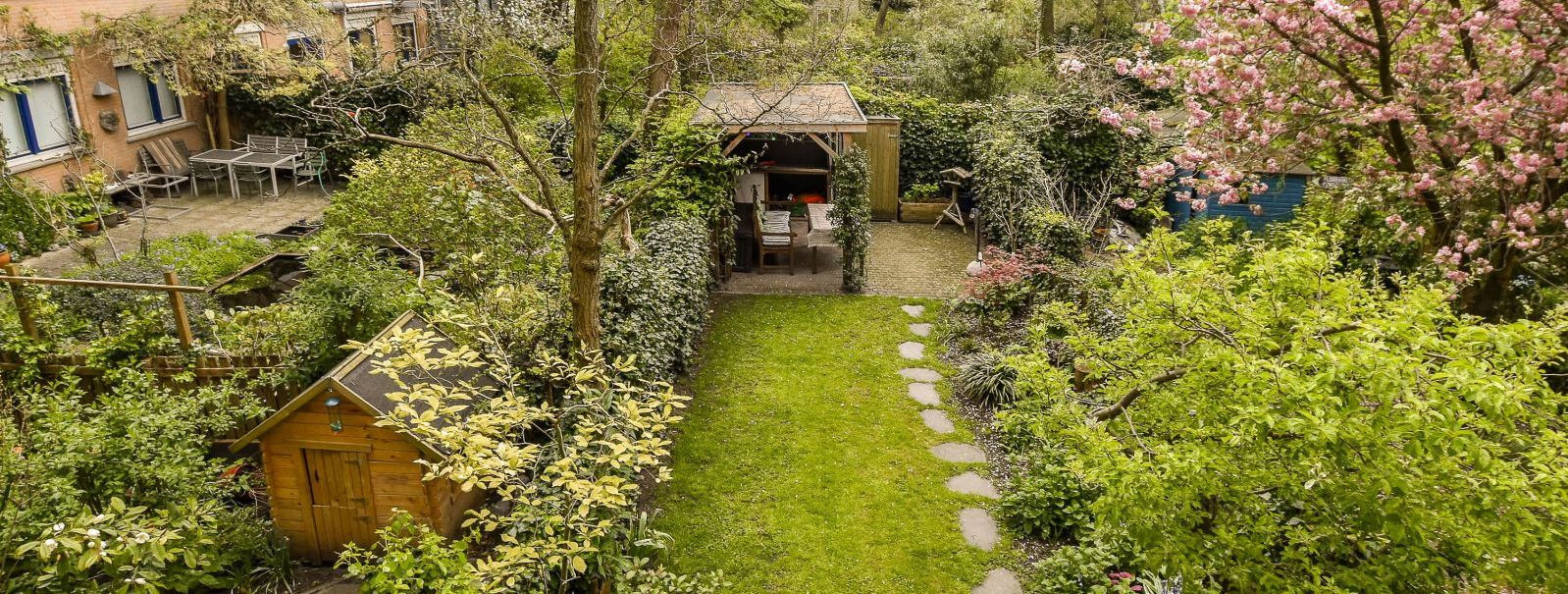Transforming your backyard into a sustainable oasis
Transforming your backyard into a sustainable oasis is not just about beautifying your outdoor space; it's about creating an environment that thrives in harmony with nature, conserves resources, and provides a sanctuary for both you and local wildlife. In this comprehensive guide, we'll explore how to turn your backyard into a sustainable haven that aligns with your lifestyle and values.
Understanding the Basics of Sustainability
Sustainability in the backyard means implementing practices that support ecological balance and reduce environmental impact. It involves choosing materials, plants, and design elements that are in harmony with the local climate and ecosystem.
A sustainable backyard offers numerous benefits, including reduced water usage, lower energy costs, increased biodiversity, and a healthier environment for your family to enjoy. It's a proactive step towards combating climate change and promoting a greener future.
Planning Your Sustainable Backyard Oasis
Begin by evaluating the current state of your backyard. Consider the size, topography, and existing elements. Reflect on how you want to use the space—whether for relaxation, entertainment, or growing food—and identify areas that can be improved or repurposed.
Design your backyard with both sustainability and aesthetics in mind. Integrate features like rain gardens, permeable paving, and strategic plant placement to create a visually appealing space that also supports the environment.
Develop a realistic budget and timeline for your project. Sustainable transformations don't have to be expensive; many eco-friendly solutions can be cost-effective and implemented in stages.
Key Elements of a Sustainable Backyard
Incorporate native plants that are adapted to your region's climate and require less water and maintenance. Xeriscaping, or landscaping designed to minimize water usage, can be a cornerstone of your sustainable backyard.
Grow your own food organically to reduce your carbon footprint and enjoy fresh, healthy produce. Raised beds, container gardens, and companion planting are great ways to start.
Implement water conservation techniques such as rainwater harvesting, drip irrigation, and mulching to maintain your garden efficiently and sustainably.
Set up a composting system to recycle kitchen and garden waste into nutrient-rich soil. This not only reduces landfill waste but also enriches your garden's soil without the need for chemical fertilizers.
Consider installing solar-powered lights or a small solar panel system to power garden features or tools, reducing your reliance on non-renewable energy sources.
Incorporating Eco-Friendly Features
Choose solar or LED lighting for your backyard to reduce energy consumption. Smart lighting systems can also be programmed to turn off when not needed, further conserving energy.
When selecting materials for paths, patios, or walls, opt for recycled, locally sourced, or sustainably harvested options to minimize your environmental footprint.
Create habitats for birds, bees, butterflies, and other wildlife by including a variety of plants, water features, and sheltering areas. This not only adds life to your garden but also contributes to local ecosystems.
Maintaining Your Sustainable Backyard
Use natural pest control methods such as companion planting, beneficial insects, and organic sprays to protect your garden without harming the environment.
Adopt sustainable gardening practices throughout the year, such as mulching, crop rotation, and proper pruning, to maintain the health and productivity of your backyard oasis.
Share your journey towards sustainability with friends, family, and neighbors. Encourage community involvement and education to spread the benefits of sustainable living.





Comments (0)